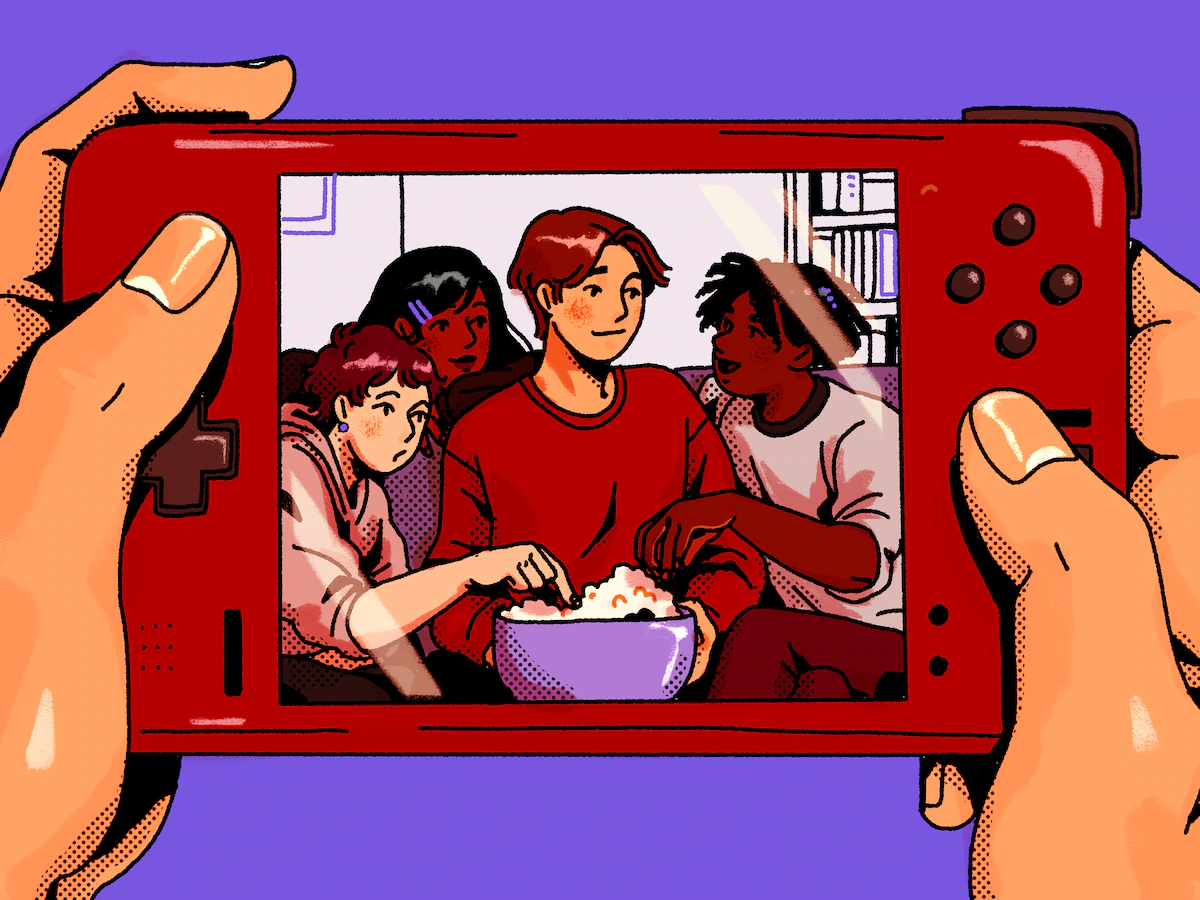A recent Pew survey highlights the complex dynamics of teenagers’ interactions with video games in the United States. Conducted last fall, the survey engaged over 1,400 adolescents aged 13-17, providing insights into various aspects of their gaming experiences. While video games serve as a platform for forming friendships, they also serve as arenas where a majority of teens encounter bullying and name-calling.

Mixed Findings Reflect Complexity
The survey yielded both expected and surprising findings. While over 85% of U.S. teens play video games, the responses painted a nuanced picture of their experiences. Despite instances of bullying, harassment, and name-calling, teens perceive gaming as a source of enjoyment and social connection. Many cited video games as instrumental in fostering problem-solving skills and supporting mental well-being.
Motivations for Gaming
The majority of teens play video games for entertainment and social reasons, with approximately three-quarters citing the desire to spend time with others. Interestingly, most teens do not perceive gaming as detrimental to their lifestyle, despite 40% acknowledging its negative impact on sleep patterns. Notably, 58% of respondents believe they play an appropriate amount of video games.
Gender Disparities in Gaming Habits
Significant gender disparities emerged in gaming habits and experiences. Teenage boys engage in video gaming more frequently than girls, with nearly two-thirds playing daily. For boys, gaming constitutes a significant aspect of their social lives, with over half reporting that it facilitates friendships. In contrast, only 35% of surveyed girls shared the sentiment. Black and Latino teens reported higher rates of forming friendships through video games compared to their White counterparts, particularly among self-identified gamers. This trend suggests that gaming serves as a meaningful avenue for social interaction, transcending demographic boundaries.
Prevalence of Bullying and Name-Calling
Despite the positive aspects of gaming, a concerning trend of bullying and name-calling persists. Approximately half of teen boys and a third of girls disclosed experiencing offensive language while playing. Moreover, 80% of respondents identified bullying as an issue within video game environments, with a third considering it a major problem.

Navigating the Complexities
The Pew survey underscores the multifaceted nature of teens’ engagement with video games, encapsulating both positive and negative experiences. While gaming fosters friendships and cognitive development for many, it also exposes adolescents to cyberbullying and harassment. As gaming continues to play a prominent role in youth culture, understanding these nuances is crucial for promoting a safe and inclusive gaming environment. Efforts to address online toxicity and enhance gaming experiences should prioritize the well-being and social connectivity of young gamers.
